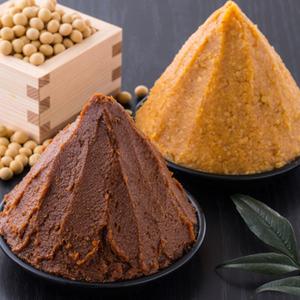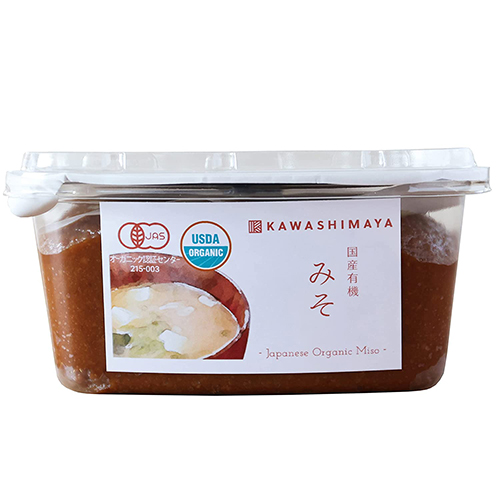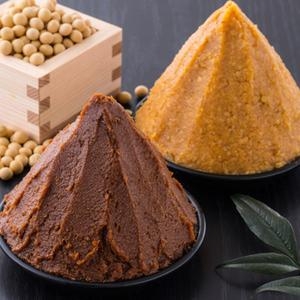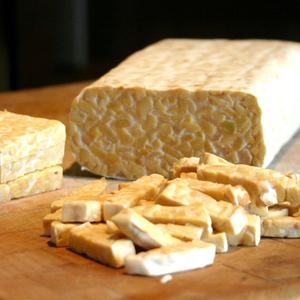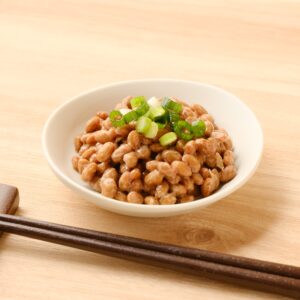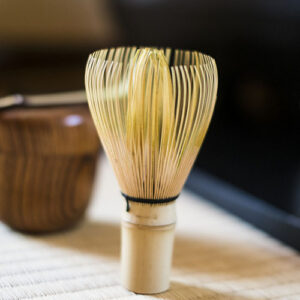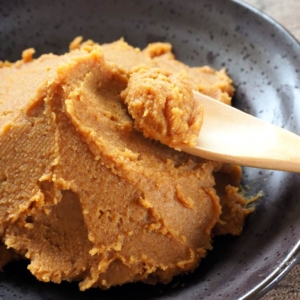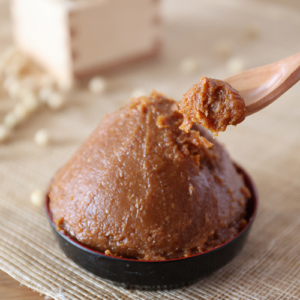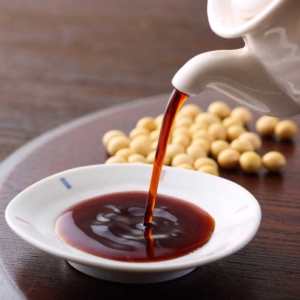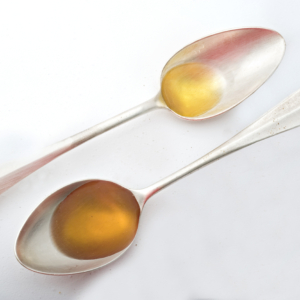Maybe some of you know about red and white miso. But did you know that the types of miso are classified into many more varieties?
Here we are going to tell you some good info about the varieties of miso!
What is Miso?
Miso (みそ or 味噌; pronounced MEE-so), also known as fermented soybean paste, is a traditional Japanese seasoning produced by fermenting soybeans with salt and koji (the fungus Aspergillus oryzae), sometimes added with rice, barley, seaweed or other ingredients. The result is a thick paste-like substance. Miso can be made into the famous miso soup and used as a seasoning for various dishes. The famous types of miso are red miso and white miso.
The common misunderstanding is that people often think that miso is a soup. But actually, miso is the paste; the soup-form is instead a miso soup, which is miso paste added with dashi broth.
You can learn more about miso paste here:
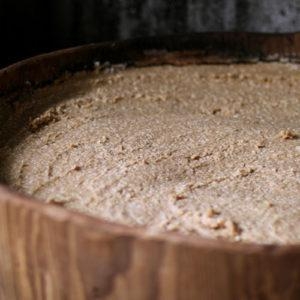
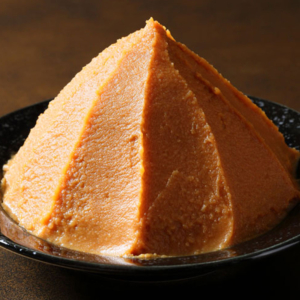
The Types of Miso
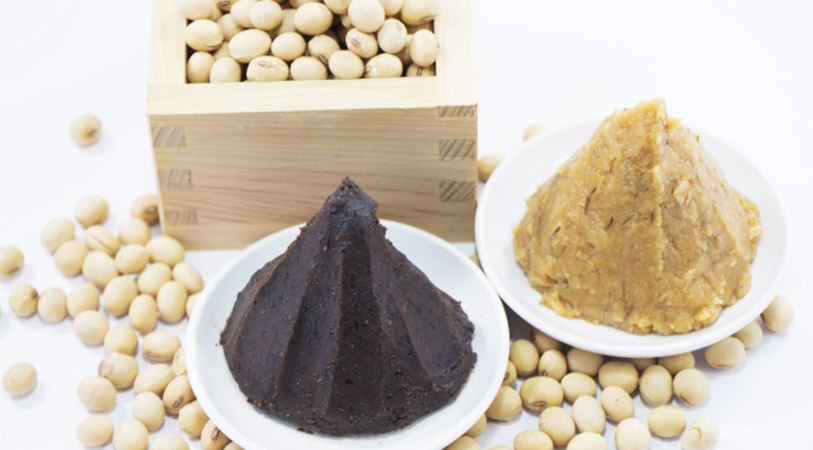
With 1300 years of history, no wonder miso has been developed in so many ways that so many varieties of miso can be found all over Japan. In Japan, miso itself can be categorized according to a few attributes: color, koji, flavor, method of fermentation, texture, and others such as prefecture of origin and price range.
Based on Color: White Miso vs Red Miso vs Light Colored Miso
Depending on the color of the finished product, miso is grouped into red miso, white miso, and light-colored miso. The number one factor that makes a difference in color is the time spent on fermentation and aging. Generally, the longer the fermentation period, the darker the color. The miso color also depends on whether the soybeans for the miso are steamed or boiled, the ratio of each ingredient, and the kind of koji that is used.
White Miso (Shiro Miso)
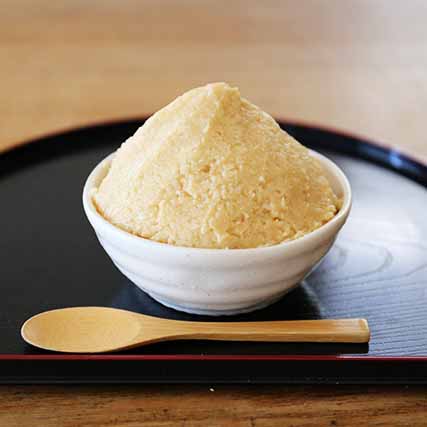
When making white miso, the soybeans are boiled. By boiling, the sugars and proteins that reside in the ingredients will dissolve in water. This will suppress the coloring process of miso. Additionally, white miso makers may use uncolored koji. The salt concentration is 5 to 6%, which is lower than that of red miso, and it has a strong sweetness.
Red Miso (Aka Miso)

Though it is called red miso, the miso color can vary from dark reddish brown to almost black. In the case of red miso, the soybeans are usually soaked in water for a long time and steamed. This makes the fermentation reaction more likely and turns the miso reddish brown. Overall, it has a longer aging period than white miso and is characterized by its rich taste. In addition, the salt concentration is as high as 10 to 20%, and it has excellent storability.
Light Colored Miso (Tanshoku Miso)
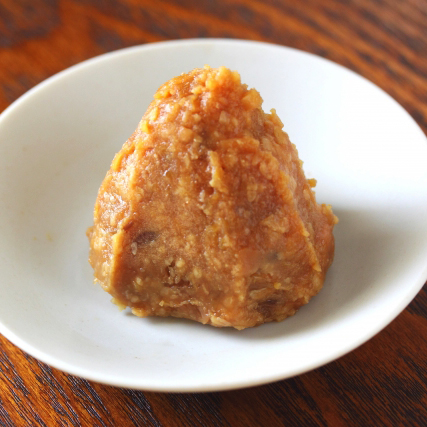
You can say that light-colored miso is in the middle ground between white and red miso. The color is orange to light brown. The fermentation period for light-colored miso is not as short as white miso but not as long as red miso.
Based on Koji
The flavor of miso is determined by the koji that is used. Depending on the koji used, it can be classified into rice miso, wheat miso, bean miso, and mixed miso, which is a mixture of all types.
Rice Miso (Kome Miso)
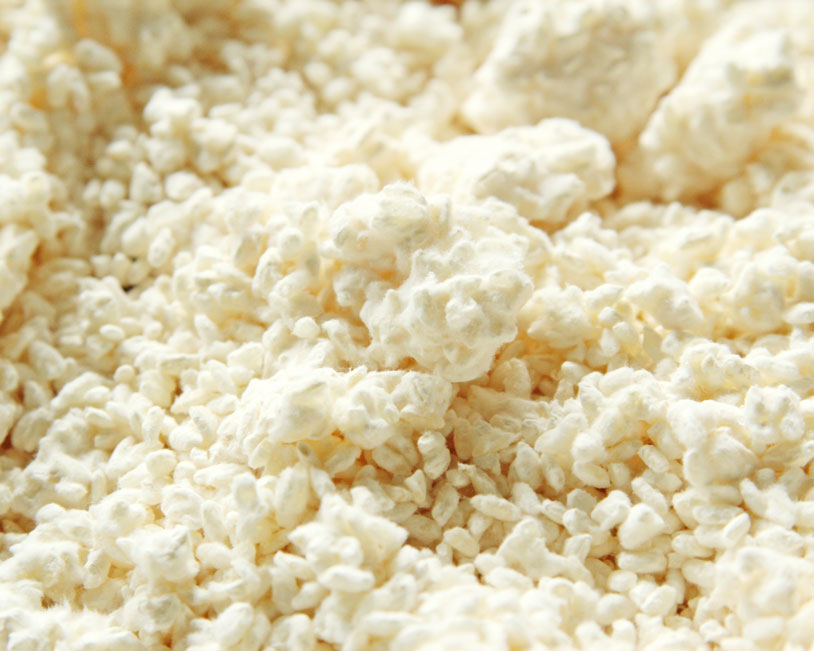
Rice miso refers to miso that is made with rice koji. This type of miso is the most commonly produced miso you can find in Japan. Rice miso tends to lean on the sweeter side, but it’s not uncommon to find salty miso that is made with rice koji as well. Rice koji is versatile as it can be used as the koji to make white miso, light-colored miso, and red miso.
Wheat Miso (Mugi Miso)
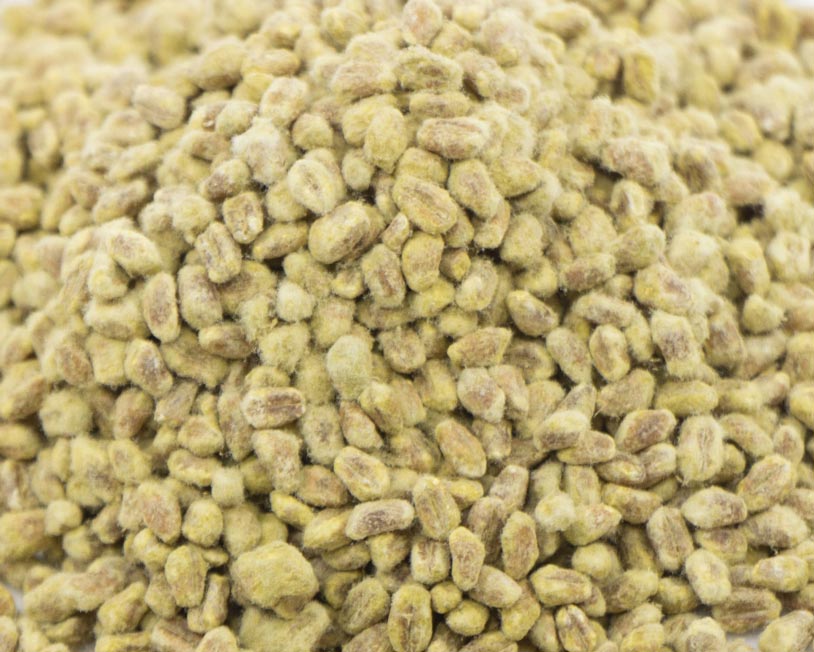
Wheat miso is made with wheat koji. The main production areas for wheat miso are Kyushu, Shikoku, and the Chugoku region.
Soybean Miso (Mame Miso)
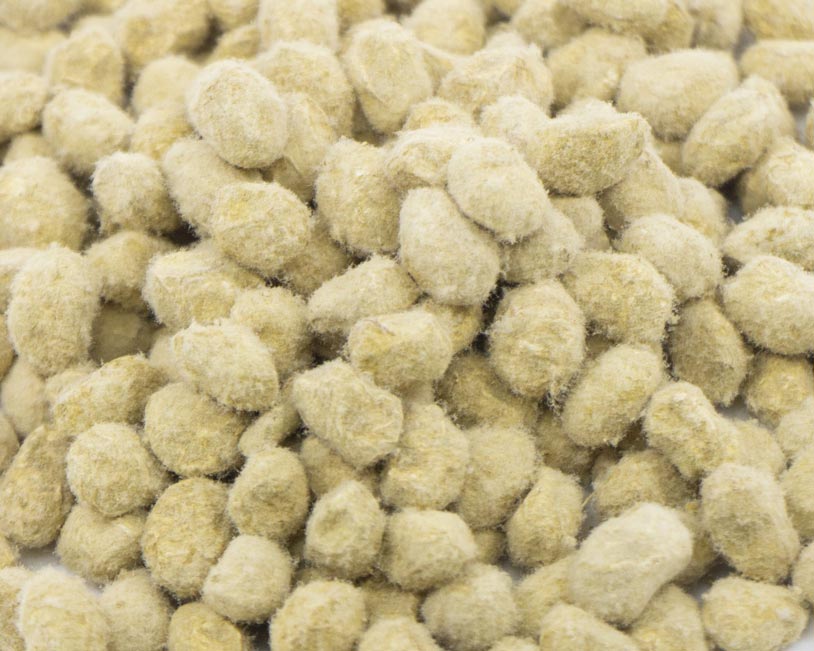
As the name suggests, soybean miso uses soybean koji. This makes the miso uses 100% soybeans as the grain ingredients.
Fun fact: In Japan, there is a famous type of soybean miso called Hatcho miso. Hatcho miso is a specialty miso that originates in Hatcho Town, Okazaki City, Aichi Prefecture. Though it is famous to be soybean-only miso, it is not uncommon now to find Hatcho miso that uses rice koji or barley koji to add dimension to the already delicious, subdued yet refined taste.
Based on Flavor: Salty vs. Sweet Miso
Taste wise, miso flavor can be measured between two ends of a spectrum: saltiness level and sweetness level. There is also a middle flavor category called sweet-ish miso (amakuchi miso). What determines the miso taste is the ratio of salt and koji.
Salty Miso (Karakuchi Miso)
Salty miso contains 11% to 13% of salt ratio with 5% to 10% of koji ratio. Salty miso is commonly found in light brown or red color and is made with barley koji.
Sweet-ish Miso (Amakuchi Miso)
Amakuchi miso usually comes in light brown or red color. The salt ratio of amakuchi miso is 7% to 12% with a koji ratio of 12% to 17%.
Sweet Miso (Ama Miso)
Koji naturally tastes sweet, so sweet miso uses a lot of koji as its ingredient. The salt ratio of sweet miso is 5% to 7% with a koji ratio of 15% to 28%. You can commonly find sweet miso in white and red colors.
Based on Method of Fermentation: Natural Miso vs. Quick Miso
Natural Miso
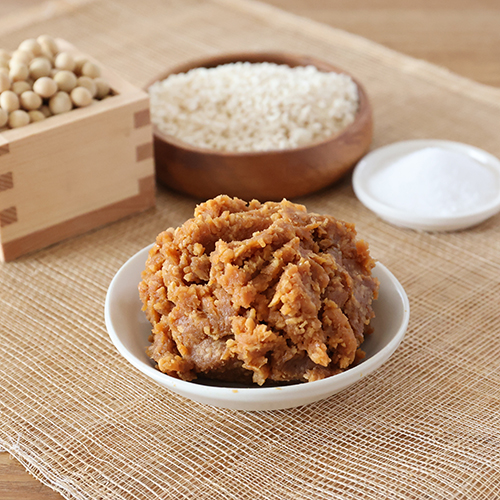
Natural miso, universally regarded as having the finest flavor, is prepared in the traditional way and has three basic characteristics: it is fermented slowly and leisurely (usually for six months to three years at the natural temperature of its environment.
It is made from only natural ingredients and contains no defatted soybean meal (an inexpensive substitute for whole soybeans) or chemical additives (except, in some cases, ethyl alcohol), and it’s never pasteurized.
Most natural miso has a distinctive texture imparted by clearly visible chunks of whole soybeans and koji.
Quick Miso
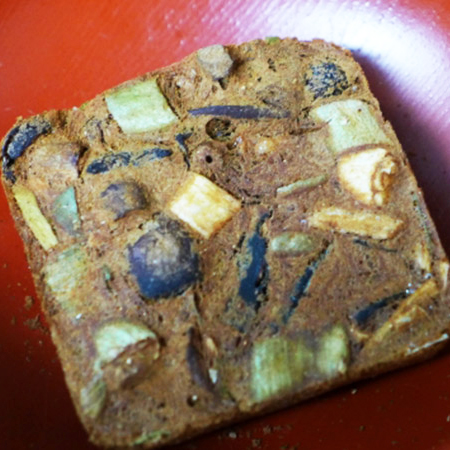
Quick miso, a 20 to 30 percent less expensive modern product, is fermented for a short time (generally about three weeks but sometimes for as little as three days) in a temperature-controlled, heated environment.
The short fermentation doesn’t allow it to develop the full mellowness of flavor and aroma, deep color, and long-lasting properties characteristic of natural miso. Hence, various chemicals and synthetics (bleaches, food colorings, sweeteners, vitamins, and monosodium glutamate) are occasionally added together with preservatives (ethyl alcohol or sorbic acid).
Pasteurization, like overcooking, causes a further decline in the miso’s flavor and aroma, and, by killing the microorganisms which would otherwise aid digestion in the human body, lowers the miso’s nutritional value.
Quick miso can come in the form of instant miso paste or miso blocks.
Based on Texture: Chunky Miso vs. Smooth Miso
Chunky Miso
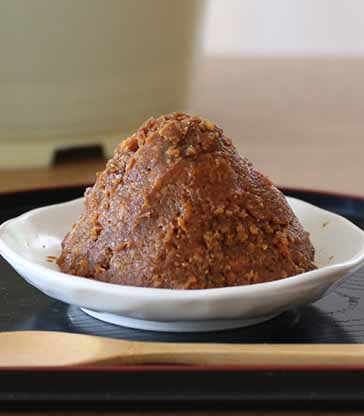
Chunky miso (tsubu miso) is any variety in which the shape of the soybeans (and usually of the koji grains is still visible. It is the oldest form of miso and comprises all miso that was made before 1945.
During the mixing and mashing of ingredients before the fermentation of natural miso, almost all of the koji and at least half of the soybeans were left in their natural form. The koji gradually dissolved as the miso aged, but the beans generally retained their individual form, even after three years of fermentation, thereby leaving the finished miso a distinctive, flavor-enhancing texture.
Smooth Miso
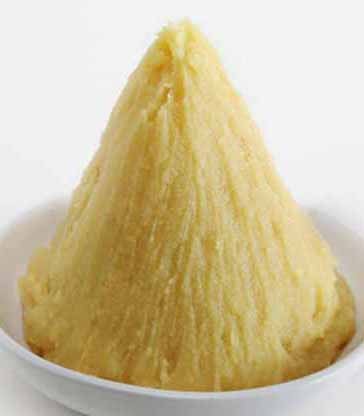
Smooth miso is miso that has been blended or ground into a homogeneous paste. First prepared after 1945, it now comprises about 80 percent of all miso sold in Japan.
It derives much of its appeal from the fact that the Japanese have traditionally ground their miso with a little water before adding it into soups; smooth miso saves modern cooks time and trouble.
In factories making quick miso, this smooth-textured product is an inevitable result of the production process since all of the ingredients are ground, once to shorten the fermentation time and then again to reinforce the effects of pasteurization.
Expensive Miso vs. Inexpensive Miso
In Japan, miso varieties sold in polyethylene bags through supermarkets and grocery stores are the least expensive. The same miso automatically rises in price when it is sold out of open-top kegs at traditional miso retail outlets, or if it is made using the traditional way and kept fermented in barrels without additives/preservatives.
To avoid pasteurization and the use of preservatives, much natural miso is still sold in the latter way, but many varieties of even natural (unpasteurized) miso now contain ethyl alcohol preservatives and can be found in natural food stores for relatively low prices packaged in polyethylene bags.
In general, rice miso is less expensive than barley miso, and barley miso is less expensive than soybean miso. The least expensive misos, often characterized by a soft texture due to the addition of extra water, are usually quick misos made by large-scale production methods. More expensive misos are frequently natural varieties made by small, tradition and quality oriented companies.
Miso Varieties Around Japan
In Japan, the many varieties of miso are often grouped according to the provinces or region in which they are produced. Like many of the world’s wines and cheeses, the majority of Japan’s traditional misos bear the name of their birthplace as shown in the picture below.
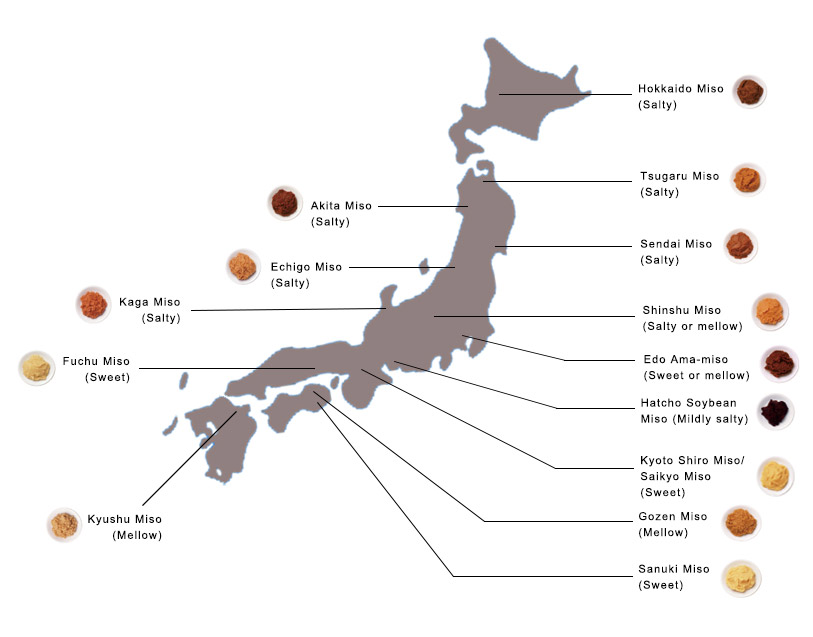
Miso that has a deeply rooted history in certain regions is often called tochi miso, or “miso of the land,” and is especially prized.
If you travel the entire length of the Japanese archipelago from southwest to northeast―a distance of about 1.360 miles―you would find that as the climate changes from warm to cold, the preferred miso generally changes from sweet to salty and consumption tends to increase.
In the southern third of Japan, barley miso is preferred; in the central third, soybean miso; and in the northern third, rice miso.
Chart of Miso Varieties
Rice Miso
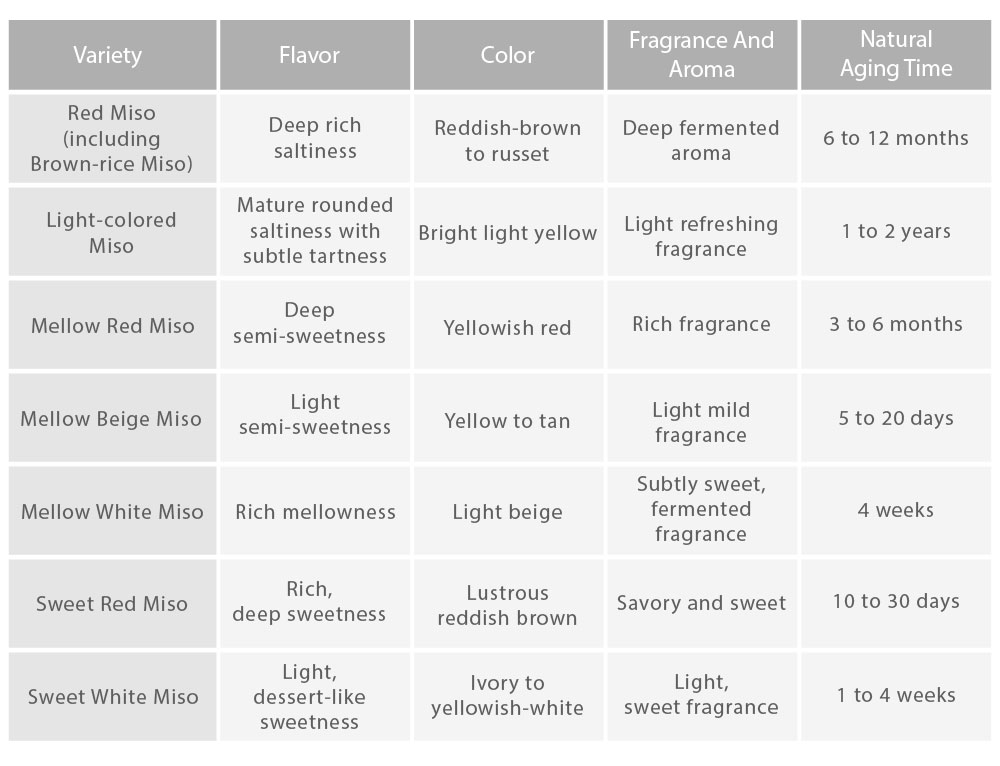
Barley Miso

Soybean Miso
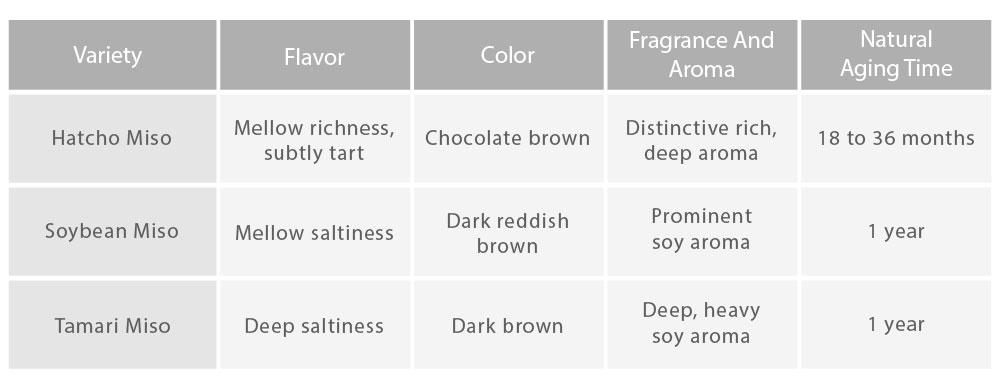
Awase Miso (Mixed Miso)

There is a type of miso where you combine multiple types of miso into one, It’s called awase miso. You can combine white and red miso, combine miso with different koji, or perhaps combine sweet and salty miso. However, the term awase miso doesn’t always point to a combination of finished miso. If you combine multiple koji during the making, it technically can be categorized into awase miso as well. Combining miso can make a great blend of flavors. Feel free to combine multiple miso that you like.
Miso Types FAQ
Recommended Natural Miso Products
Available at Amazon USA
Organic Miso Paste 450g (15.8oz) USDA & JAS Certified, Additives-Free, Raw Probiotic, Traditionally Made in Japan
The genuine Japanese miso paste for greater umami in daily recipes. Characterized by a rich and mellow flavor that natural, old-fashioned fermentation method can only produce. USDA & JAS Organic certified, additives-free, no MSG, gluten-free, and vegan friendly. Made in Japan.
Price: $27.62

